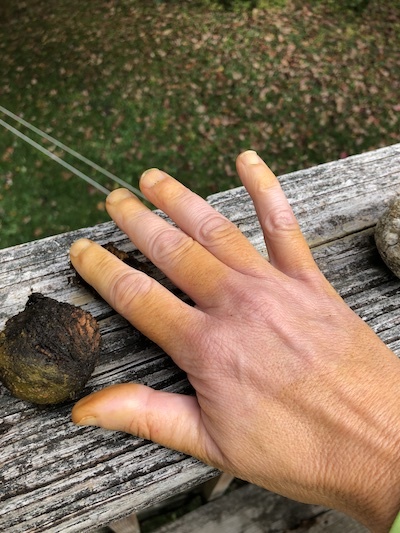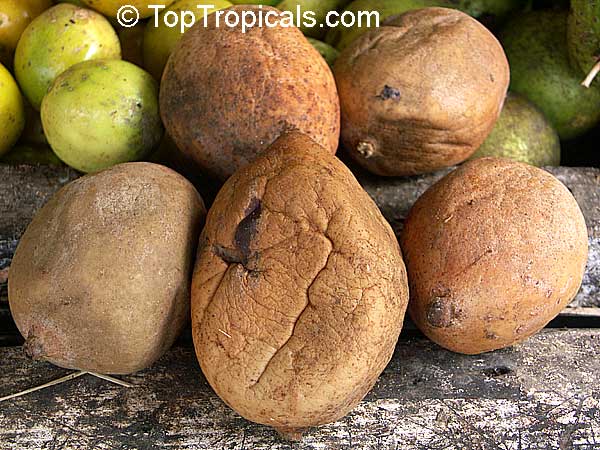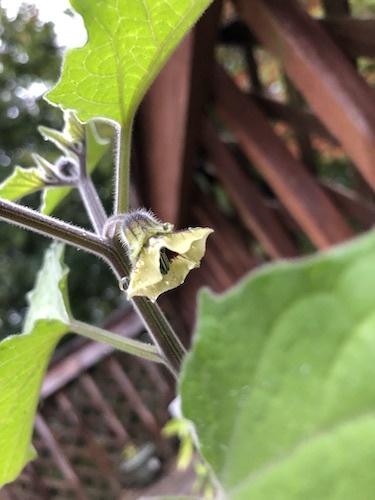pineapple, pepper, charmed
Aug. 14th, 2024 07:40 pmPineapple
I discovered that a pineapple top I'd tossed in the compost bin was looking very healthy and green, not at all like something that was falling apart to make way for other life. Checking online, I found that yes, pineapple tops grow new pineapples.
You know what this means? I can have my very own bromeliad! I can have another ungainly, climate-inappropriate plant! In three short years, I might harvest my own pineapple.
So I have transplanted it.
( photos under the cut )
pepper
My Amazonian pepper, which I nursed along through the winter despite houseplant-plaguing little bugs, has come back with a vengeance this hot, wet summer. Look at all its peppers! They are about the size of the top part--the fingerprint part--of my middle finger. They're not ripe yet. When they're ripe, they'll be orange. And hot!

The word for hot pepper in Ticuna is meë.
charmed
Today, the prompt word for the daily prompt thing I'm doing was "charm"...
I am magnificent in infinitesimality.
I am a tiny fragment, but I partner--elegantly.
Come to me for symmetry.
I have been called "a magical device to avert evil,"
for I prevent unwanted decay in the physicists' theories.
Come to me for blessings.
I am not up, or down, and there is nothing strange about my nonduality.
You may find me enjoying my life in an accelerator near you--it's very brief, but charmed.
(Charm quark I do not understand the physics of any of this, but I do love the lingo and the quotes.)
I discovered that a pineapple top I'd tossed in the compost bin was looking very healthy and green, not at all like something that was falling apart to make way for other life. Checking online, I found that yes, pineapple tops grow new pineapples.
You know what this means? I can have my very own bromeliad! I can have another ungainly, climate-inappropriate plant! In three short years, I might harvest my own pineapple.
So I have transplanted it.
( photos under the cut )
pepper
My Amazonian pepper, which I nursed along through the winter despite houseplant-plaguing little bugs, has come back with a vengeance this hot, wet summer. Look at all its peppers! They are about the size of the top part--the fingerprint part--of my middle finger. They're not ripe yet. When they're ripe, they'll be orange. And hot!

The word for hot pepper in Ticuna is meë.
charmed
Today, the prompt word for the daily prompt thing I'm doing was "charm"...
I am magnificent in infinitesimality.
I am a tiny fragment, but I partner--elegantly.
Come to me for symmetry.
I have been called "a magical device to avert evil,"
for I prevent unwanted decay in the physicists' theories.
Come to me for blessings.
I am not up, or down, and there is nothing strange about my nonduality.
You may find me enjoying my life in an accelerator near you--it's very brief, but charmed.
(Charm quark I do not understand the physics of any of this, but I do love the lingo and the quotes.)




















